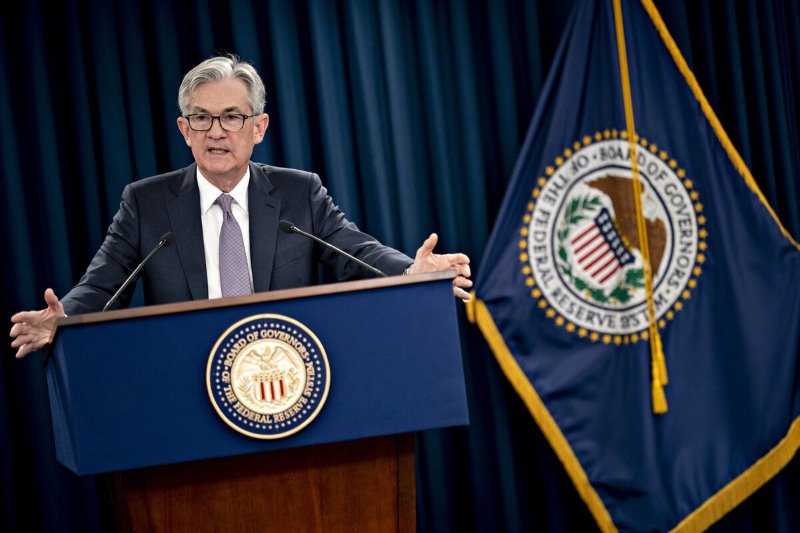Economy
U.S. Inflation Data Aligns with Gradual Rate Cut Predictions
The latest U.S. inflation data, released in July, aligns with predictions of gradual interest rate cuts by the Federal Reserve, starting as early as next month. However, this forecast is contingent on stable employment levels and continued consumer spending. With inflation showing no signs of acceleration, the Fed may have room to adjust interest rates carefully, avoiding any drastic economic disruptions.
PCE Index Meets Expectations
The Federal Reserve’s preferred measure of inflation, the Personal Consumption Expenditures (PCE) index, increased by 2.5% year-over-year in July. This was in line with economists’ expectations and marked a stable trend with no acceleration from the previous month. The core PCE index, which excludes the more volatile food and energy prices, also met forecasts, rising by 2.6%. Tani Fukui, an economist at MetLife Investment Management, highlighted that the data did not reveal any unexpected surges in services inflation, a key concern for the Fed in previous months. “In some respects, it was the most favorable increase to the PCE,” Fukui commented.
The Fed’s PCE index shows stable inflation, meeting expectations without unexpected surges, a positive sign, according to wsj subscription.
Fed Chair Expresses Job Market Concerns
Last week, Federal Reserve Chair Jerome Powell expressed increasing concern over a weakening job market rather than rising inflation. The Fed’s dual mandate of ensuring both price stability and low unemployment has created a split among investors. Most expect a 25-basis-point rate cut in September, reflecting a soft landing. Others anticipate a larger 50-basis-point cut due to a faster-than-expected labor market slowdown.
Employment Data Raises Questions
July’s U.S. inflation data showed a net job creation of 114,000, below expectations, while unemployment unexpectedly rose from 4.1% to 4.3%. The upcoming August nonfarm payroll report, due next Friday, will be crucial in determining if these figures signal a broader trend of weakening employment under the pressure of high-interest rates or if they are anomalies.

Digital Wallets Transforming Payments in the U.S.
Digital wallets: In the U.S., paying at a physical cash register is increasingly becoming a digital experience. With the rise…
Consumer Spending Remains Resilient
Despite higher interest rates, consumer spending remains resilient. Real disposable personal income grew 0.1%, matching June’s pace. This consistent income growth suggests consumers continue supporting the economy, offering near-term relief for retailers. “Real disposable income is growing enough to provide near-term support for retailers, allowing continued consumer spending,” said Jeffrey Roach, LPL Financial’s chief economist.
Risks and Outlook
The PCE report showed persistent inflation risks, with services prices rising 0.2% monthly. Services prices remain elevated at 3.7% annually. Despite ongoing consumer spending, concerns grow about its sustainability, as the personal savings rate dropped to 2.9% in July. Fukui highlighted this decline, noting it continues a months-long trend toward historically low levels. The upcoming months will be crucial in determining if the U.S. economy can navigate these challenges without entering a recession.
Get 70% off 3 years of premium unlimited access to The WSJ All Digital. No hidden fees, no auto-renewals. Available on PC, Mac, Smartphone, and Tablet. Sign up now to start reading within 24 hours.

